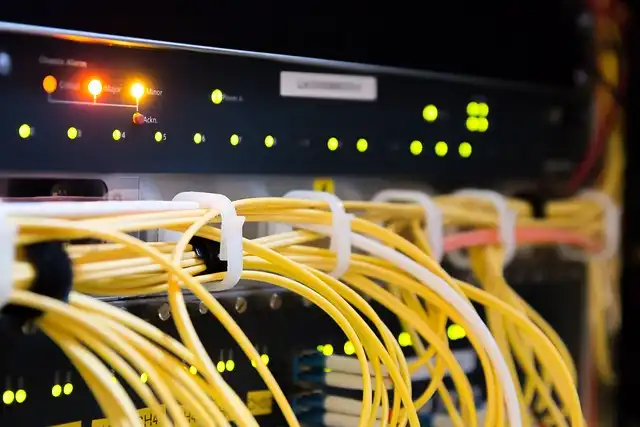India Spectrum Auction: Trai Mulls New Strategies for 10 Bands

TRAI is reviewing auction strategies for the upcoming spectrum auction in India, including 10 bands and new participants, to boost competition. They consider reserve prices and demand factors for optimal utilization.
An additional approach, the regulatory authority stated, could be to establish an allowing regulative structure for minimizing access obstacles for accessibility service providers to make sure that new entities may likewise consider acquiring access service license/ authorisation and join the public auction for IMT range.
On get cost, Trai stated the need for range is influenced by a number of technological and economic factors, and the reserve price also acts as one of the aspects that influence need for range.
The regulatory authority will certainly be thinking about the sights of DEA while deliberating the future sale with stakeholders. Based on Trai, presently just gain access to service providers are allowed to take part in auctions for IMT spectrum.
As per Trai, the future auction would include existing bands of 800 MHz, 900 MHz, 1800 MHz, 2100 MHz, 2300 MHz, 2500 MHz, 3300 MHz, 26 GHz. The brand-new bands will certainly be auctioned for the very first time.
Trai’s Strategy for Spectrum Auction
The telecom regulator has started preparations for the next range public auction, intending to offer almost 10 bands, consisting of new ones. Adhering to considerable unsold range in previous public auctions, Trai is mulling over means to boost competition and bring in even more customers, possibly by evaluating public auction techniques, reserve prices, and allowing brand-new participants.
DEA’s Observation on Auction Results
The Department of Economic Affairs (DEA), while approving the public auction results for the 2024 sale, had actually observed the adhering to, among others: “Check out the need & supply characteristics and discover the opportunity of improving competitors and mitigating over-supply.”
With most of airwaves failing to draw in buyers in the past two auctions, the regulator is mulling over means to make the upcoming round extra lucrative for possible purchasers, which may also include firms that are not accredited telecommunications drivers.
“What extra financial, technological, or market-related variables ought to be considered while establishing the evaluation and, consequently, the get cost of spectrum, in order to promote reliable competitors, make sure ideal range utilisation, and motivate wider involvement in auctions,” Trai claimed.
Spectrum Bands for Future Auction
New Delhi: The telecommunications regulatory authority has begun the exercise of offering airwaves in virtually 10 bands, including the top 6 GHz band, which will certainly be cost the first time, in the following round of spectrum public auction.
The last auction, conducted in June 2024, stopped working to amass a solid feedback. The Department of Telecom (DoT) had put 10,522.35 MHz of range worth Rs 96,238.45 crore at reserve rate to public auction, out of which 141.40 MHz was sold with quotes totalling Rs 11,340.79 crore.
As per Trai, the future public auction would include existing bands of 800 MHz, 900 MHz, 1800 MHz, 2100 MHz, 2300 MHz, 2500 MHz, 3300 MHz, 26 GHz. Others under consideration include 600 MHz, 1427-1518 MHz, 6425-6725 MHz and 7025-7125 MHz bands that are yet to be appointed to telecom service carriers for IMT in India. The brand-new bands will certainly be auctioned for the first time.
“Prima facie, among the methods for enhancing competition in the range public auction could be by way of allowing other types of provider (besides access service providers) – which also might need IMT spectrum – to participate in the public auction for IMT range,” Trai claimed in the paper.
On book cost, Trai claimed the demand for spectrum is affected by a number of technological and financial factors, and the reserve price likewise serves as among the aspects that influence need for range. The reserve price that is established too high may discourage participation and limit competitors. At the exact same time, the book cost ought to not be established as well low.
Addressing Competition and Demand
The regulator also intends to examine whether there is a requirement to customize or modify the approaches currently taken on in the spectrum assessment versions. “Such modification may entail consideration of additional variables, alteration of the depictive band (currently 1800 MHz), or incorporation of technology-specific parameters,” it claimed.
To boost competition and address any kind of surplus scenario, the Telecommunications Regulatory Authority of India (Trai) is readied to review with stakeholders if there is a requirement to examine the spectrum auction technique and style.
1 AI Training2 band auction
3 delivering next-generation telecommunications
4 IMT spectrum
5 past spectrum auctions
6 reserve price
« Astroscale & HEO: Enhancing Space Surveillance & Satellite ServicingZyxel WiFi 7: Streamlined, Affordable Access Points for SMBs »
